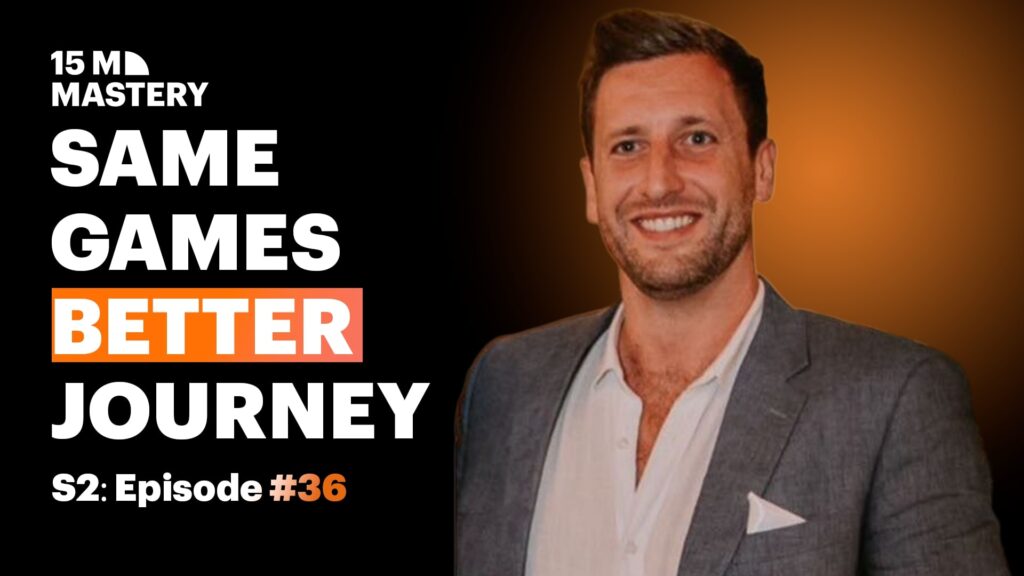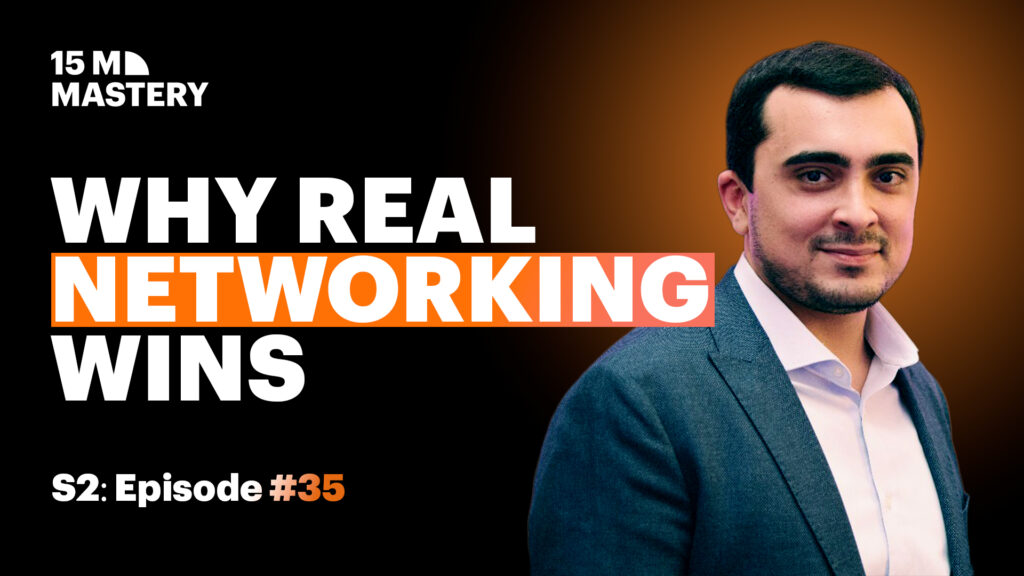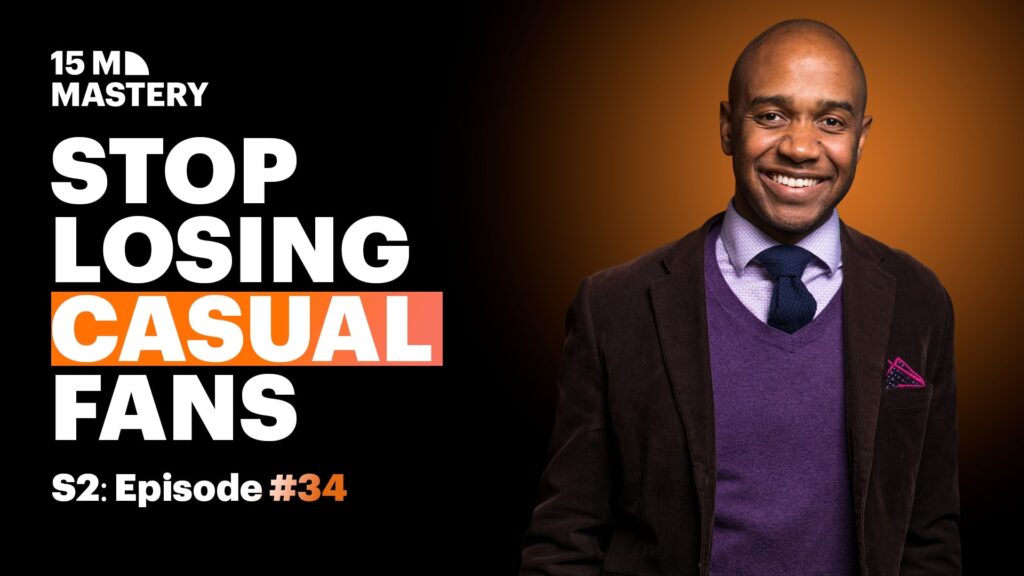Bringing a B2B iGaming product from concept to market is no small feat. It requires a deep understanding of market gaps, customer pain points, and strategic validation before a single line of code is written. Rohini Sardana, founder of WiseWager, shares her extensive experience in commercial strategy and product development, outlining the key steps to launching a successful iGaming solution.
Identifying Genuine Market Needs
The iGaming sector is saturated with similar solutions, making it crucial to uncover genuine market gaps. Rohini highlights that true opportunities lie in analysing operator feedback, tracking emerging player trends, and conducting competitor analysis.
“The iGaming market is flooded with copycat solutions, but the real chance to innovate comes from identifying pain points that existing products don’t address.”
For example, one company identified the high cost and complexity of integrating multiple data feeds. Their solution? A unified feed hub allowed operators to connect to multiple feed providers through a single integration, significantly reducing costs and complexity.
Turning Market Gaps into Viable Concepts
Identifying a gap is only the first step; the next challenge is translating that gap into a marketable product. Rohini stresses the importance of articulating the problem clearly to stakeholders and ensuring a strong commercial rationale before investing in development.
“Before you spend any money on development, you need to be clear on what you’re solving, why it matters, and who will buy it.”
A structured approach combining market research with iterative feedback loops helps refine the concept. In the B2B space, input from operators is crucial-securing early buy-in from potential customers significantly increases the chances of success.
Mapping Customer Journeys and Prototyping
Understanding the operator and end-user experiences is a key part of the process. Rohini uses tools such as Figma, Canva, and Mapify to visualise customer journeys, identify friction points, and refine product outcomes.
Once a concept is validated, an agile approach to development ensures flexibility.
“Prototypes and MVPs serve different purposes-prototypes help with design and usability testing, while an MVP is a stable product ready for real-world use.”
When Rohini launched a betting product in 2018, it used an external agency to test concepts with target demographics. The feedback confirmed that they were on the right track and highlighted a key adjustment: focusing on a particular sport to enhance market adoption.
Using Strategic Analysis Tools
To strengthen product positioning, Rohini relies on well-established business analysis methods:
- SWOT Analysis: Assessing strengths, weaknesses, opportunities, and threats ensures a clear understanding of market positioning.
- 7Ps Marketing Mix: Covering product, place, promotion, price, people, process, and physical evidence helps define a strong business case.
- FAB List: Identifying features, advantages, and benefits ensures every aspect of the product delivers real value.
“If a feature has no clear advantage or benefit, it doesn’t belong in your product.”
A great example is the rise of 24/7 in-play betting content. Initially unheard of, it became a game-changer by offering continuous live events, keeping customers engaged and differentiating operators from competitors.
Key Takeaways for Success
Launching a successful B2B iGaming product requires more than just a great idea-it demands rigorous validation, strategic planning, and continuous iteration. Rohini’s insights underscore the importance of understanding operator needs, engaging in structured research, and adapting based on real-world feedback. With the right approach, businesses can develop solutions that solve market gaps and drive long-term success.



.svg)


